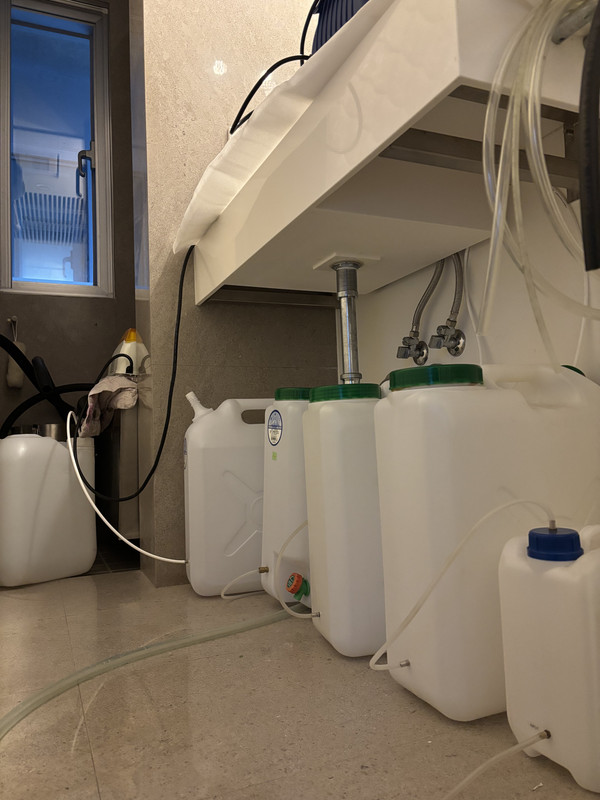"You use a junction box to terminate the phono wires from the Terminator. Why don’t you run it direct to the phono stage?"
I used to use one piece cartridge to phono stage leads, but to get them flexible enough for the Terminator travel, meant very thin wire. I was using heavy XLR connectors at the time into a balanced phono stage that was a current rather than voltage amplifier (AQVOX 2Ci). I used to transport the deck to shows and have to set it up after every relocation. After snapping a couple of sets of leads I gave up on that idea. Even the weight of the metal XLR’s was enough to snap the leads.
I now have the short leads from the cartridge soldered direct to some RCA sockets mounted on the back of the arm block, these wires are ultra thin, the jacket on each is only 0.28mm diameter. The new silver interconnects are thicker and go between these RCA’s and my phono stage. This is a much more robust way of doing things and suits my requirements.
I don’t use the Molex connector which allows easy changing of Wand/cartridge, as I only use one set up. This at least removes one set of brushing contacts.
I don’t like the cable Andrey uses or his method of coiling/dressing it. But that’s nothing unusual, I didn’t like Vic’s method either.
I do my own thing and think my method offers less wire resistance or drag. The wire I use is both, lighter and more flexible, so a double whammy. I just ordered some more of this Wand wire, to have on hand, as the only supplier I've come across is in Portugal.



